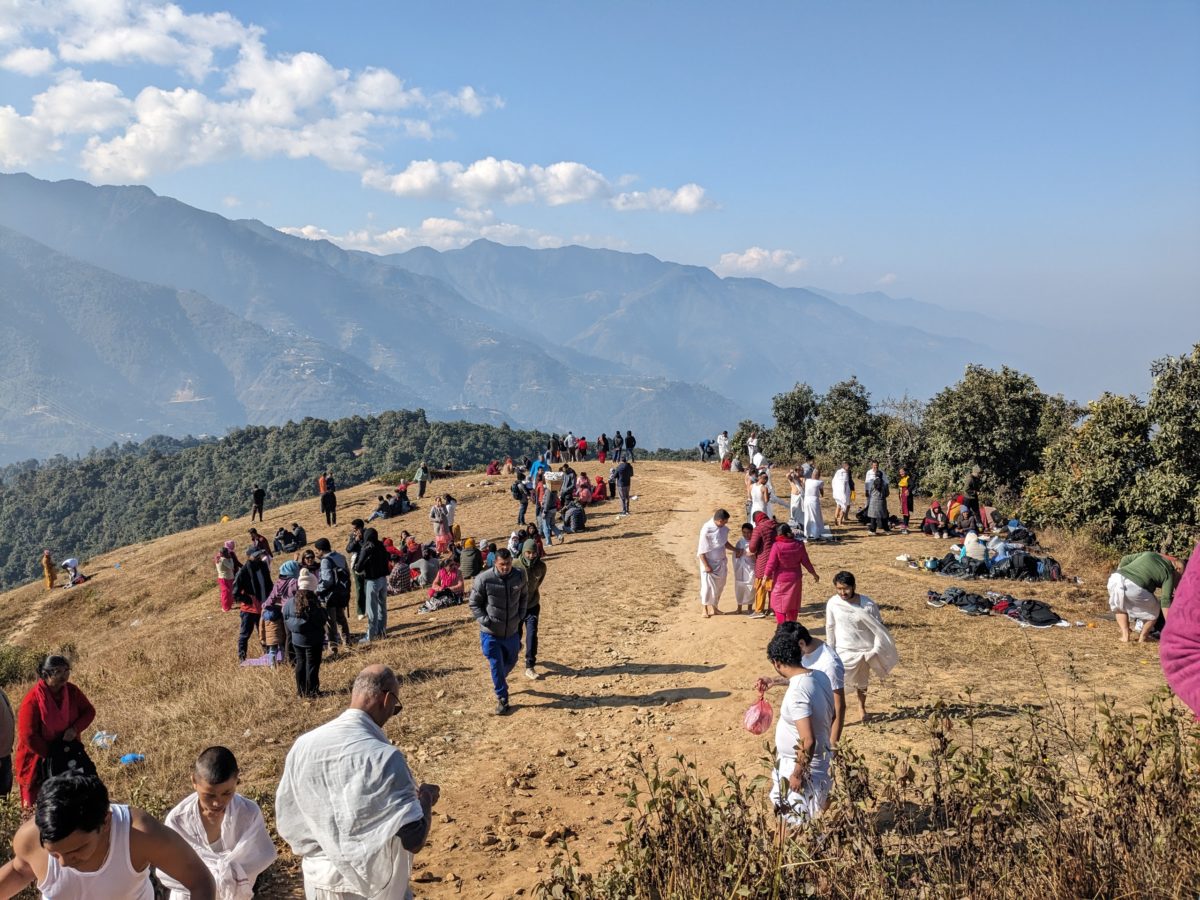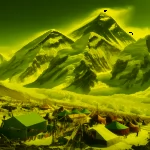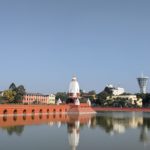Sudhan Subedi @tweetsudhan
This year has witnessed an unprecedented surge in domestic travel, with a growing trend of utilizing holidays for exploration. Recent reports highlighted a significant influx of domestic tourists embarking on treks to regions like Everest, Rara, Khaptad, Annapurna, Langtang, Janakpur, Swargaddhari, Ilam, Shuklaphanta, Sindhuli, and Bandipur.
However, concerns have surfaced regarding accommodation and dining challenges at some destinations. While foreigners may face wait times to visit Nepal, locals find it more accessible. It is crucial to plan ahead to avoid issues with food and lodging, especially in areas with limited facilities.
Reflecting on the importance of responsible tourism, ensuring prior arrangements for accommodation and meals is paramount. Local practices, reminiscent of childhood experiences, emphasize the significance of identifying clean and fresh food sources. Adequate planning is vital, particularly in areas where accommodating numerous visitors simultaneously is essential.
Thoughtful consideration is essential during visits to protected areas to ensure tourism supports local livelihoods without compromising the natural beauty. The emphasis on using local ingredients, reducing waste, and supporting local businesses contributes to sustainable tourism practices.
While some destinations boast hotel facilities comparable to popular spots like Pokhara and Chitwan, others in regions like Annapurna, Everest, or Langtang may lack such amenities. Using local resources, adopting eco-friendly practices, and promoting local products can enhance the economic impact on communities.
A good night’s sleep is emphasized, acknowledging the saying, ‘Adventure is fine during the day but not disguised at night.’ Balancing adventure with safety is crucial, and adequate rest is necessary to overcome fatigue. Differentiating between hiking and general tours, considering appropriate footwear, and prioritizing comfort during journeys contribute to a positive experience.
Discussing the evolving trend of padayatra in Nepal, it is emphasized as a leisurely means of deceiving the mind rather than a race. Walking for 6-7 hours a day and planning stays before evening fosters a stress-free journey. Personal accessories such as walking sticks, sunglasses, and solar chargers enhance the experience.
Acknowledging special festivals during travels, like Bull Judhai of Maghe Sankranti in Taruka and Gaijatra in Kathmandu, adds cultural richness to the journey. While the enjoyment of travel is highlighted, responsible alcohol consumption is encouraged, promoting health and safety.
As domestic tourism positively impacts the local economy and promotes skills, the importance of community collaboration is underscored. Whether booking a package or relying on local assistance, traveling in unison fosters a positive experience, contributing to the overall growth of domestic tourism in Nepal.





